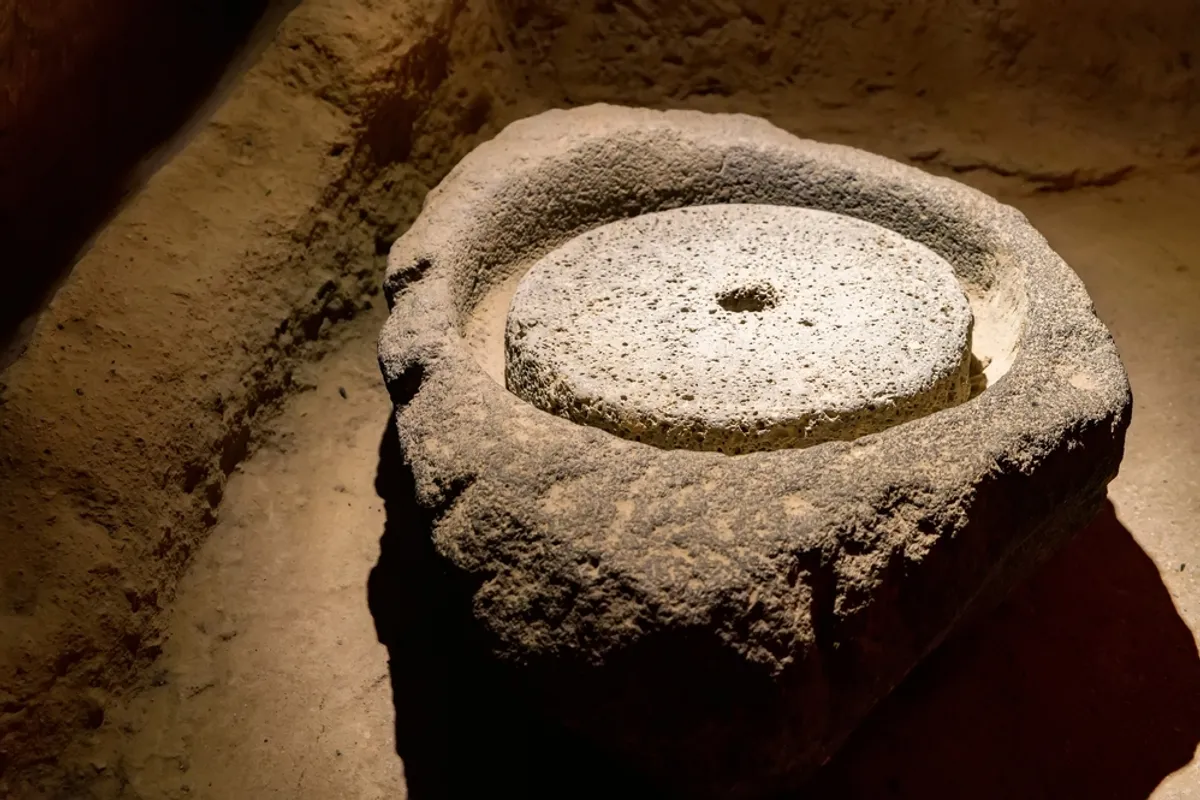In ancient times, the humble lupin—known to the Greeks as thermos—was more than just a food source. Its name evoked not only warmth but also strength, power, and sustenance. This protein-packed legume (with levels reaching up to 40%) once played a central role in the diets of both Greeks and Romans. It was a favorite of the Cynic philosophers, a staple for the hungry Roman plebeians, and even a sacred food offered in the mysterious feasts of the goddess Hecate.
Yet today, this once-vital ingredient has nearly vanished from the Greek culinary consciousness—with one notable exception: the Mani region of the Peloponnese.
Lupins: A Forgotten Superfood Thriving in Mani
In Mani, locals affectionately dubbed “loupinophages” (lupin-eaters) continue the tradition. They snack on lupins as a meze or a casual bite during walks, keeping alive a connection to their ancient roots.
But beyond its cultural nostalgia, the lupin (Lupinus albus) is gaining global recognition as a superfood. It's one of the most promising alternatives to soy and other imported plant-based proteins. Thanks to modern cultivation in countries like Germany, Australia, and Italy, newer varieties of lupin are low in alkaloids—making them far easier to digest and process.
A Sustainable Solution for Modern Agriculture
Lupins are hardy and low-maintenance. They require minimal fertilization, thrive in dry climates, and actually enrich the soil by fixing nitrogen—boosting biodiversity while reducing the need for chemical inputs. In a world grappling with climate change and over-farming, lupins offer a sustainable solution.
So, why aren’t they widely grown in Greece?
Despite the efforts of researchers, farmers, and eco-conscious movements, lupins have yet to find their place in national agricultural policy or support programs. Without organized production, standardized packaging, or commercial infrastructure, they remain largely invisible to the average consumer.
Even among those who are familiar with lupins, few know how to properly prepare them. Traditionally, they are detoxified through a lengthy soaking process or by being submerged in seawater—methods that not only enhance their flavor but also connect us to centuries of culinary history.
Still Thriving in the Eastern Mediterranean
A story shared by Orestis Davias, who stumbled upon boiled lupins in a Damascus street market, shows that lupins never truly disappeared from the Eastern Mediterranean. There, known as tirmis, they are still enjoyed as a cheap and nutritious snack. Similar traditions exist in Portugal, Algeria, and Mexico.
Time to Bring Them Back
If Greece is serious about food sovereignty, sustainable agriculture, and honoring its culinary heritage, then lupins present a unique and promising opportunity.
They’re suitable for both human and animal consumption.
Perfect for organic farming.
A potential draw for culinary tourism (imagine lupin meze in traditional tavernas).
The ancient term thermos didn’t just signify heat—it symbolized food that empowered the body. The Cynic philosopher Diogenes famously ate lupins as a symbol of simplicity and self-reliance—values that feel newly relevant in our age of overconsumption and food insecurity.
Perhaps it’s time to stop thinking of lupins as just a “Lenten food” and instead reintroduce them into our everyday diets, farming systems, and cultural identity. Greece has every reason to invest in this ancient, nutritious, and climate-resilient legume that our ancestors once held in such high esteem.









